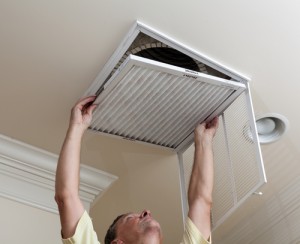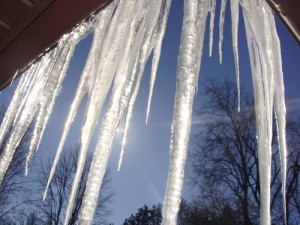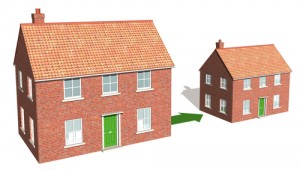After a fairly mild winter in Oklahoma, spring is just around the corner. Before long, most of us will be shutting down our heating systems and starting our air conditioners. Since your AC unit likely hasn’t run since early last fall, it’s a good idea to perform some preparation and maintenance before you need it. Here are a few tasks to complete just before spring.
- Change air filters
Each time you change from using your heater to using your air conditioner, it’s also a good time to change your air filters. This is simply because it’s an easy way to remember to change them at least twice per year. Doing so will result in a noticeable difference in the quality of the air in your home. In many cases, especially if you have pets, it’s necessary to change your air filters more often. It’s recommended that you check your air filters every 30 days and replace them when they look dirty and clogged.
- Preventative maintenance
The worst case scenario when the weather gets warm is that your air conditioner breaks down and requires costly repairs. Your AC unit will age over time and eventually wear out, but you can extend its lifespan by performing regular maintenance and inspections. Have a professional check out your air conditioner before starting it up this spring so they can tell you about parts that are worn or damaged and may eventually cause a complete failure. This maintenance along with some regular cleaning can keep your air conditioner running for many seasons to come.
- Ductwork inspection
While you have an HVAC professional out to inspect your air conditioner, also ask them to inspect your ductwork. They’ll be looking for leaks in your ducts that make it more difficult to cool your home. This makes your home less comfortable, puts more strain on your AC, and costs you more in energy bills. It’s definitely worth it to have your ducts inspected once per year to make sure they’re as efficient as possible.
- Programmable thermostat
This is an easy upgrade you can make yourself that can have a noticeable impact on your energy bills. A programmable thermostat will allow you to set the temperature in your home based on your schedule. So, when you leave for work, you can let your home get a little warmer, then start to cool it down before you get home. You can also start cooling it more when the sun goes down if you like it cold when you sleep. This will allow you to use less energy when you don’t need your air conditioner to run, and still keep your house comfortable.
Before you need your air conditioner this year, make sure it’s up to the task to ensure it is efficient, and capable of cooling your home all summer.
If you’re ready for a brand new home by the summer, contact us at Perry Hood Properties. Browse through our list of available floor plans to find one perfect for your new home, or find your next home in our selection of already constructed, move-in ready homes.












